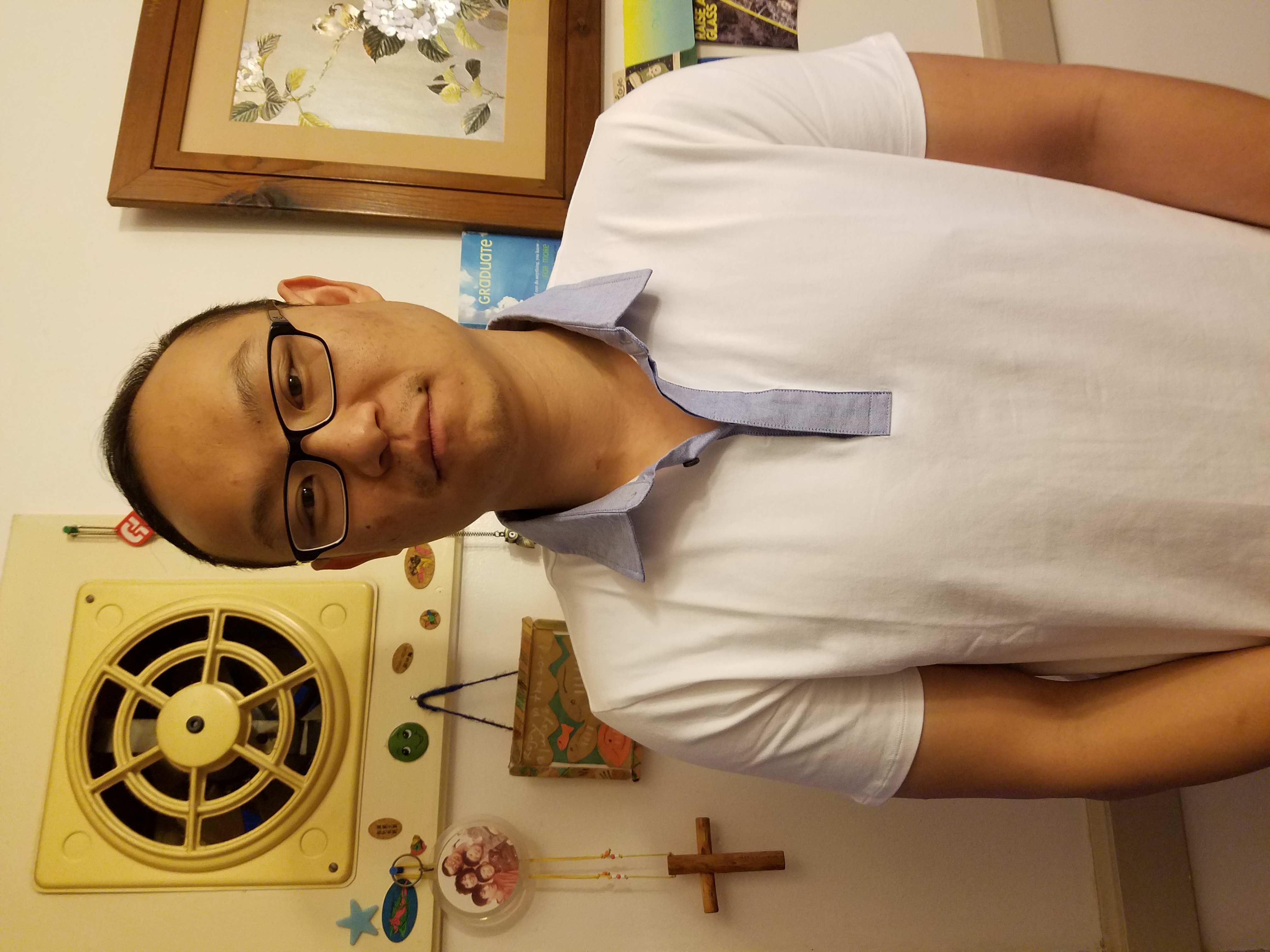Below is a summary of the abstract you submitted. Presenting author(s) is shown in bold.
If any changes need to be made, you can modify the abstract or change the authors.
You can also download a .docx version of this abstract.
If there are any problems, please email Dan at dar78@pitt.edu and he'll take care of them!
This abstract was last modified on May 10, 2016 at 12:01 a.m..

Bacteriophages, ubiquitous in nature, can be found in just about any environment. Yet, it was still surprising that a single soil sample from Tucson, Arizona where the conditions are extremely dry and hot, and the soil seemingly barren, led to the discovery of several mycobacteriophages including Saguaro, the founding member of the new Subcluster B7, CactusRose and Wiks. Saguaro was isolated by direct plating, and took nearly 2 days to form 1 mm sized plaques at 37<sup>o</sup>C whereas CactusRose (A1) and Wiks (A6) were isolated by enrichment. Saguaro was not recovered by enrichment even after several attempts.
Bioinformatic analysis revealed that Saguaro has little sequence homology to the other six B Subclusters (B1-B6), although there is some similarity in the genome architecture. Saguaro has a high GC content of 69.5%, only surpassed by the B6 phages which have the highest GC content known amongst mycobacteriophages. Blast data suggests that Saguaro is most closely related to Subcluster B4 phages Vincenzo, AlanGrant and JAMal and the B5 phages, Rich and Baee. Common to all Cluster B phages, the genome is circularly permuted and the first gene is designated at the first noncoding gap to the left of the terminase gene. In Saguaro and B2 phages, between the left end of the genomes and terminase subunits are six interesting genes thought to be involved in the biosynthesis of queuosine, a modified nucleoside found in the wobble position of some tRNAs. Unlike the B2’s, Saguaro contains both small and large terminase subunits followed the endonuclease RuvC, which is transcribed in the opposite direction. In the B2’s, RuvC is transcribed rightward (for example, Rosebush_9). Interestingly, despite the similarity of the organizational structure at the left end, in Saguaro, the homolog of B2’s gp 8 (for example, Rosebush_8) is much further downstream (gp22).
Sequence analysis of Saguaro revealed some interesting information. Within the 6.5kb tape measure gene are two 27bp tandem repeats, connected end-to-end spanning positions 26526-26581. In addition, there is a 22 bp sequence (position 22424-22445) also within the tape measure gene, which is a perfect match to ISMsm4 transposases found in four different locations in the M. smegmatis genome.
Approximately 15% of the Saguaro genome contains novel putative genes not found in any other phages with strong coding potential and no reported function. In fact, protein blast analysis of many of these genes returned no hits. To elucidate the function of these gene products we plan to clone and express these genes to characterize them similar to work currently being performed on the Cluster N phage, MichelleMyBell.


